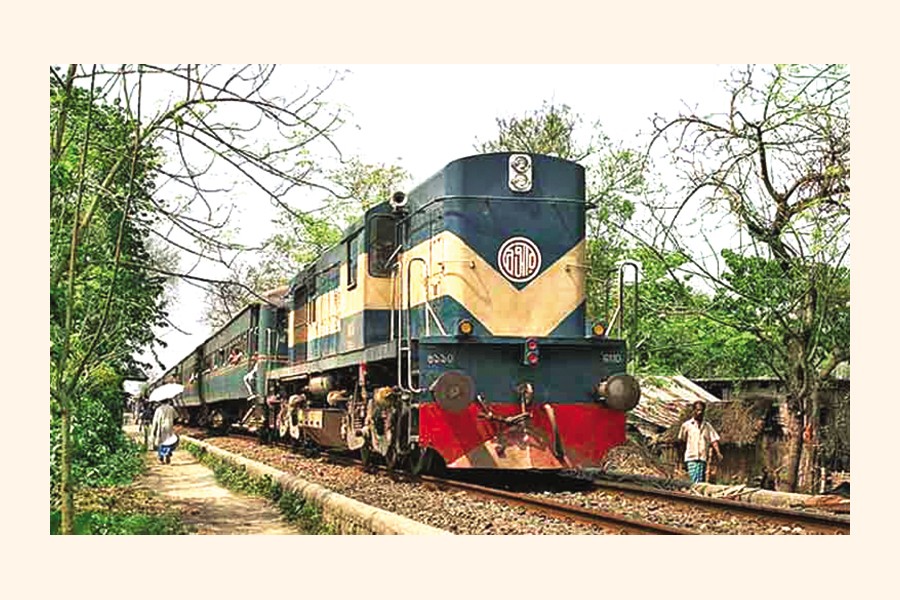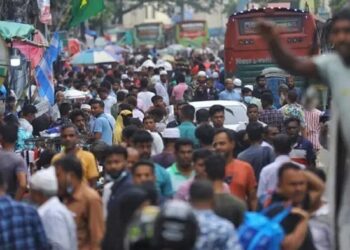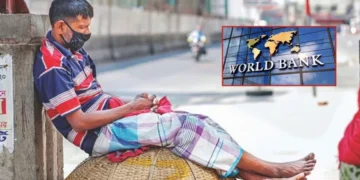According to reports, the Bangladesh Railway (BR) is expected to request Tk 125.36 billion in order to carry out its projects under the next Annual Development Programme (ADP). However, the amended ADP for FY 2024-2025 includes a demand for Tk 102.27 billion from the railway authority, which is 36.08 percent less than the initial budget of Tk 160 billion.
Since the state-owned train operator and development have set a trend of increasing the budget allocation and its revision since FY 2009-2010, the RADP (Revised Annual Development Program) allocation for the current fiscal year is also far less than the previous years. The revised demand for FY 2023-2024 was Tk 131.17 billion while it was Tk 125.96 billion in FY 2022-2023.
However, officials clarified that various megaprojects, including as the Cox’s-Dohazari rail track construction projects, the Padma Bridge Rail Link, and the Jamuna Railway Bridge, were the reason for the larger budget request. They claimed that the need for a revised budget has decreased because the majority of these projects are currently in the faulty liability period.
The conversion of Chattogram-Dohazari metre gauge track to dual-gauge, the Pubail-Dhirasram rail connection, and the dual-gauge double line between Joydevpur and Ishurdi section are among the significant projects that the BR has yet to receive sanction for, according to sources. Furthermore, a number of significant sanctioned projects under the Indian Line of Credit were unable to proceed because of the Indian side’s protracted delay and contractors’ citation of security concerns. The third and fourth dual-gauge lines in the Dhaka-Tongi segment, the dual-gauge double lines in the Dhaka-Joydevpur sector, and the building of a dual-gauge railway line between Bogura and Shahid M Monsur Ali Station in Sirajganj are among these projects.
In order to meet operations and maintenance costs as well as the implementation of ADP, the BR filed a demand for Tk 168.89 billion for the upcoming fiscal year, as opposed to Tk 180.72 billion for the present one.
Source: Financial Express
Share via:



















